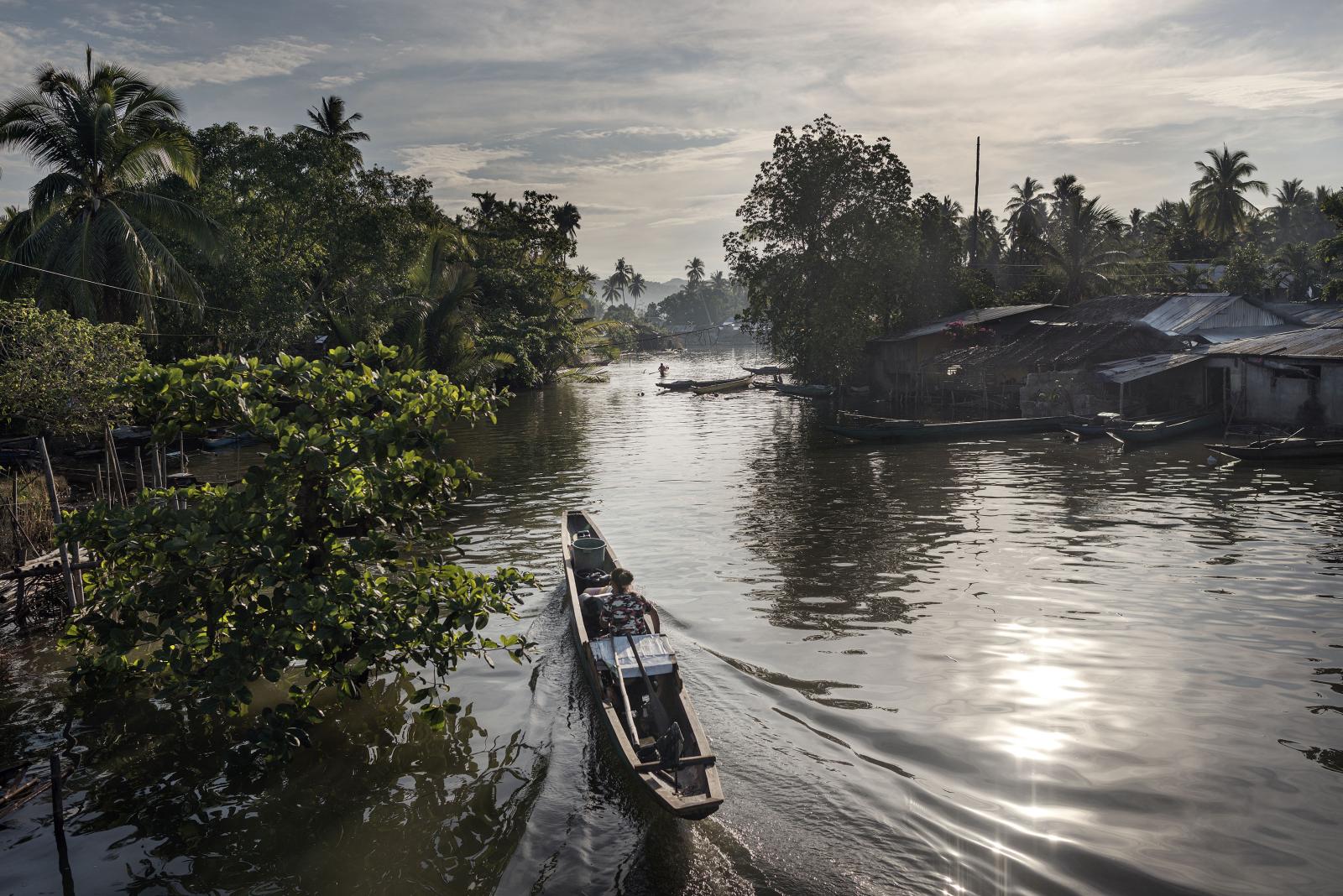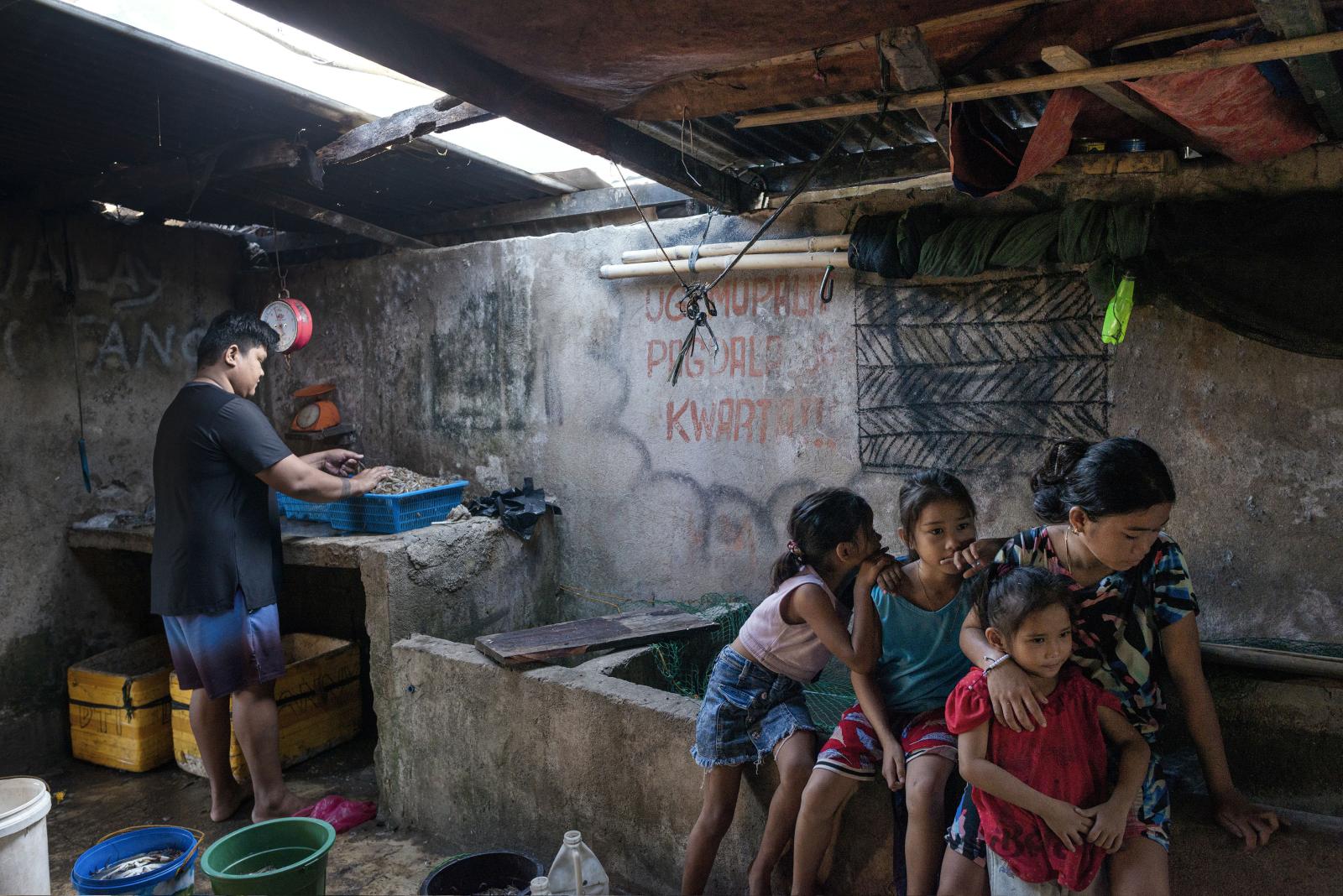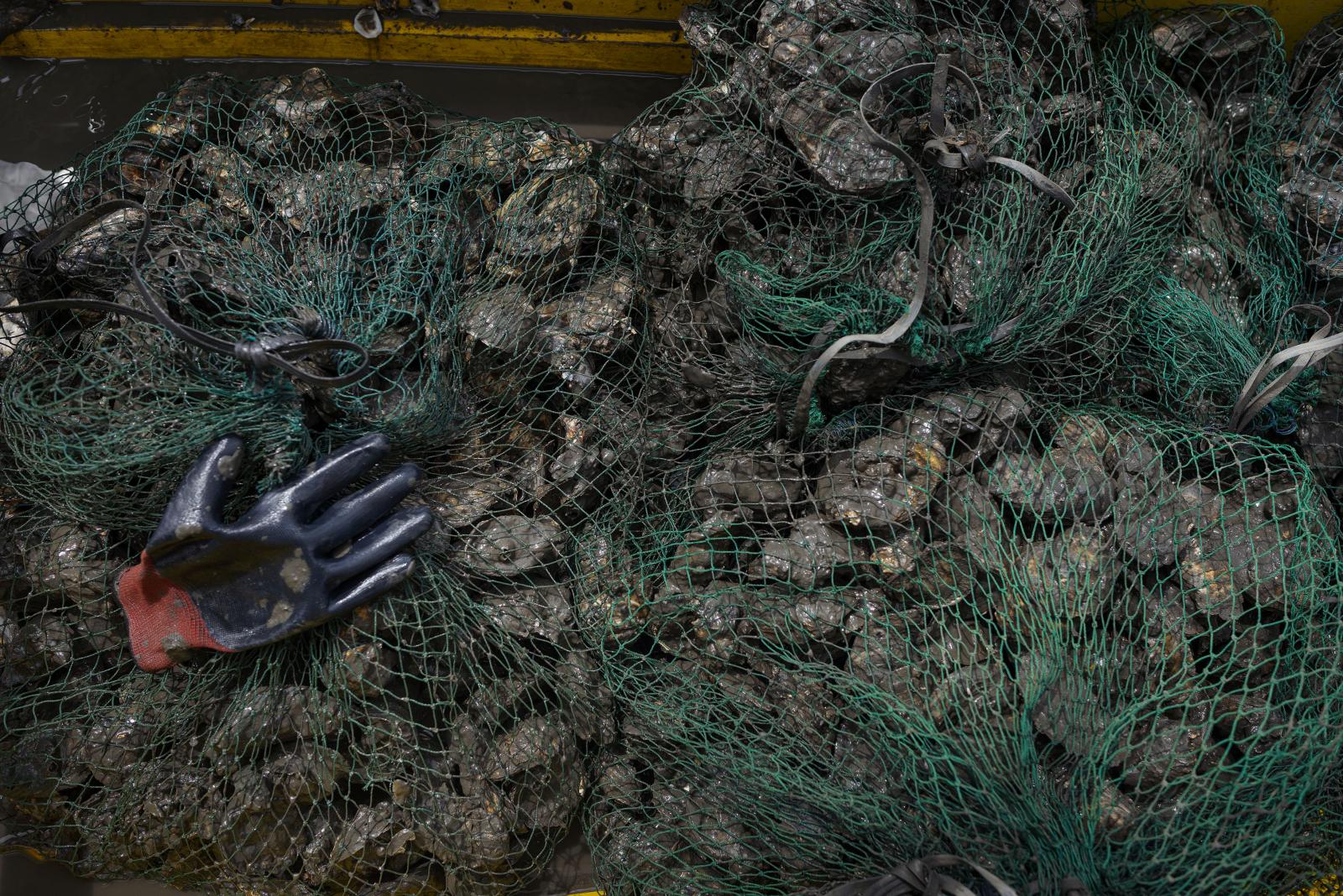Public Project
Symbiosis III
The third chapter of my long-term project Symbiosis, which focuses on human-environment interdependence, documents this shift.
Shot in a variety of locations, the project offers a visual testament to how small-scale fishing communities are rising up against the dual crises of environmental collapse and socio-economic insecurity. But rather than focusing solely on loss, this story emphasizes resilience, revitalization, and resistance.
The Philippines has the world’s third-longest coastline and a renowned marine biodiversity.
Yet overfishing, destructive practices like dynamite fishing, and mangrove deforestation have led to the collapse of fish stocks and coral ecosystems.
As ocean temperatures rise and typhoons intensify due to climate change, livelihoods along the shore have never been more precarious.
And still, hope surfaces.
This work documents the lives of those who take matters into their own hands.
A peculiar figure of Filipino society emerges in this scenario: the Bantay Dagat or Sea Patrol. These volunteers are community members trained in environmental law and marine conservation who patrol local waters in shifts, often with little equipment, risking retaliation to stop illegal fishing.
Through their witness, conservation is an act of daily survival. In parallel, the series traces the impact of community-led mangrove reforestation and sustainable aquaculture projects. Once seen as an economic liability, mangroves are now being replanted and fiercely protected, especially by women who lead conservation cooperatives and local campaigns.
Their work speaks to ecological restoration and a cultural reimagining of the coastline. Local innovations such as integrated mangrove aquaculture (known as AMA) are creating sustainable models that combine livelihoods with conservation.
These approaches, though modest in scale, are gaining international attention as blueprints for adaptive, community-centered climate resilience. Through environmental portraits and thoughtful personal stories, this third chapter of Symbiosis offers an intimate, unfiltered look at the people behind coastal conservation.
They are not policymakers. They are not global NGOs. They are parents, teachers, fishermen, and they are reshaping the conversation about who gets to protect the sea. In their hands lies not just the future of Philippine waters, but a model of grassroots climate action with global relevance.
382


























